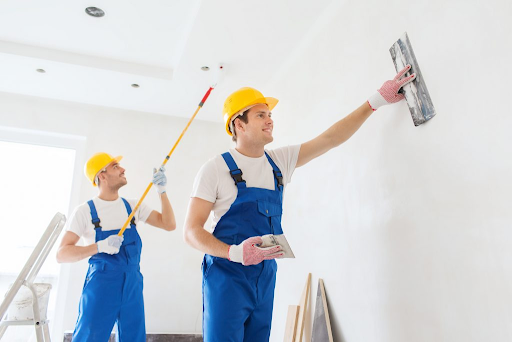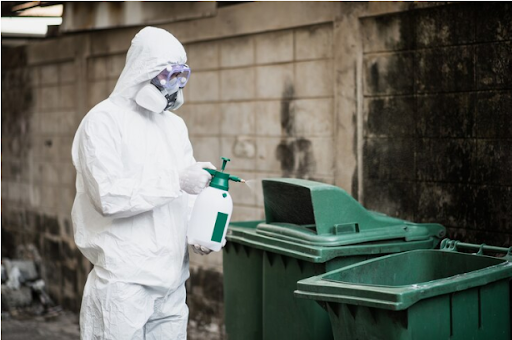DIY Bathroom Plumbing: Tips for Tackling Simple Repairs

Starting bathroom plumbing repairs might seem challenging, but don’t worry, many problems can be fixed with some DIY knowledge.
In this article, we’ll share practical tips for simple repairs, saving you time and money. Whether it’s a clogged drain or a leaky faucet, let’s explore the world of DIY bathroom pipework.
Mastering the Essentials
Before you dive in, it’s essential to grasp the fundamentals of plumbing. Most bathroom pipework involves a network of pipes that carry water in and waste out.
Two primary systems exist: water supply and drainage. The water supply system brings fresh water into your bathroom, while the drainage system removes used water and waste.
Dealing with a Clogged Drain
One of the most common bathroom woes is a clogged drain, often caused by a buildup of hair, soap scum, or other debris. To address this, start with a plunger.
Place the plunger over the drain, ensuring a good seal, and give it a few vigorous pumps. This creates pressure, helping to dislodge the blockage. If the plunger doesn’t do the trick, consider using a drain snake.
Insert it into the drain and twist while pushing it forward. The snake will help break up and remove the clog. For preventive maintenance, consider incorporating regular drain cleaning into your routine to keep things flowing smoothly.
Addressing Running Toilets
A running toilet is not only wasteful but can be a sign of a faulty component. Often, it’s the flapper valve that needs attention. Open the toilet tank and inspect the flapper.
If it’s worn or doesn’t create a proper seal, replacing it is a straightforward task. To replace the flapper, shut off the water supply to the toilet, flush to empty the tank, and remove the old flapper.
Install the new one according to the manufacturer’s instructions. Turn the water supply back on, and your toilet should stop running.
Fixing a Leaky Faucet
A dripping faucet not only wastes water but can be an irritating sound. Most leaks occur due to worn-out washers or seals. To fix this, turn off the water supply to the faucet. Then, disassemble the faucet and replace any damaged parts.
When reassembling, pay attention to the order of the parts and ensure a snug fit. Turn the water supply back on and check for leaks. This simple fix can save you both on your water bill and the annoyance of a constant drip, drip, drip.
Silencing Noisy Pipes
If you hear loud banging or clanging noises when using water fixtures, your pipes might be experiencing water hammering. This occurs when water suddenly stops or changes direction, causing a shockwave in the pipes.
To mitigate this, install water hammer arrestors, which absorb the shock and prevent noise. Water hammer arrestors are available at most hardware stores and are easy to install.
Simply shut off the water supply, drain the pipes, and attach the arrestors near noisy fixtures. Turn the water back on, and enjoy the tranquility of a quieter pipework system.
Preventing Future Issues
While addressing immediate problems is essential, preventing future pipework issues is equally crucial. Regular drain cleaning can prevent clogs, and using drain screens can catch hair and debris before they cause trouble.
Keep an eye out for leaks, no matter how small, and address them promptly to avoid water damage.






